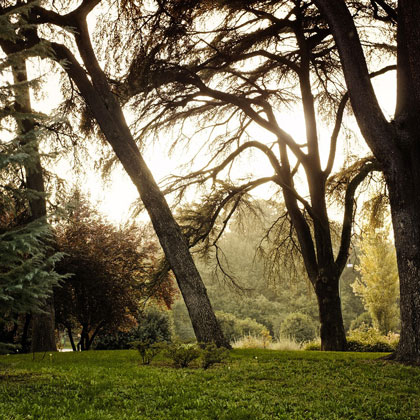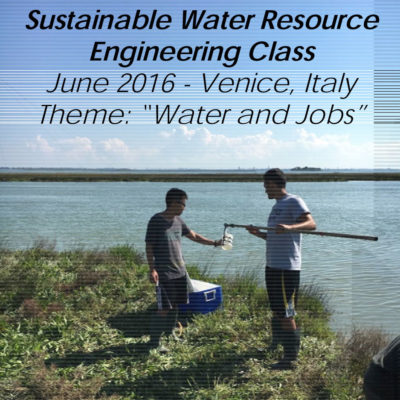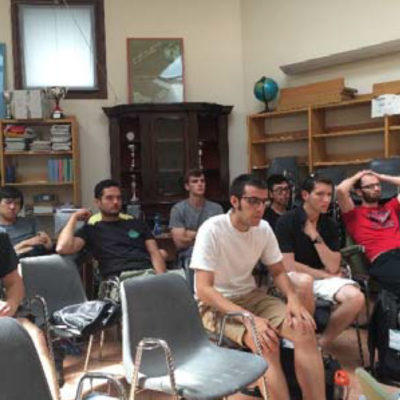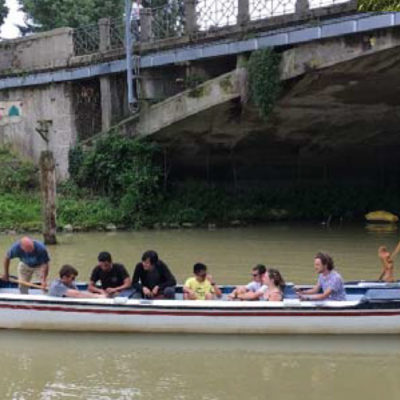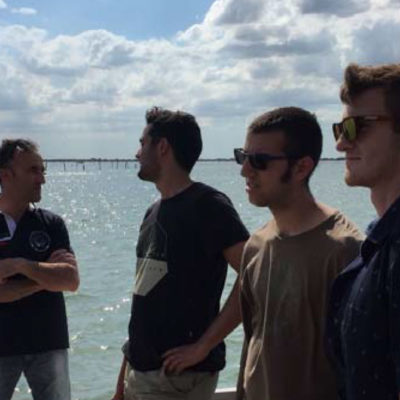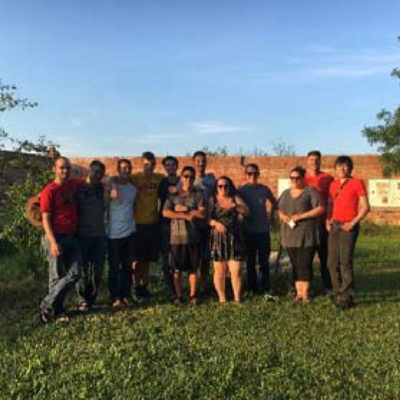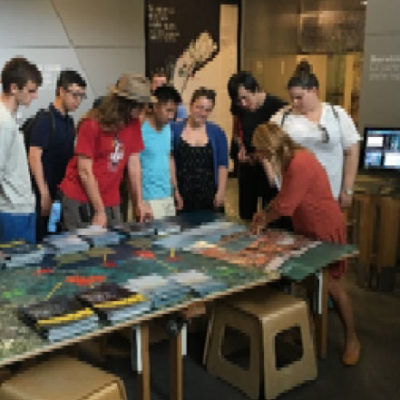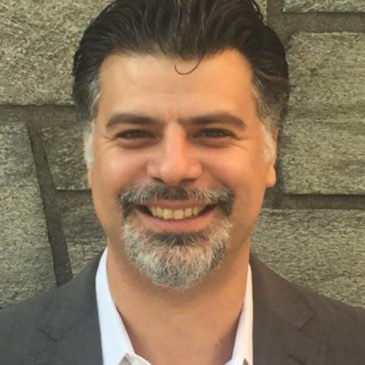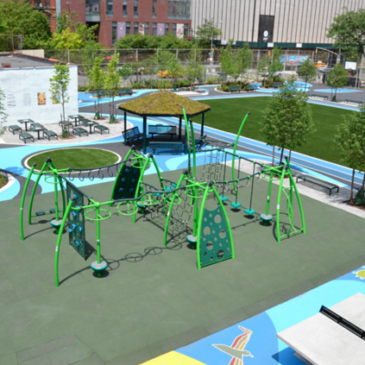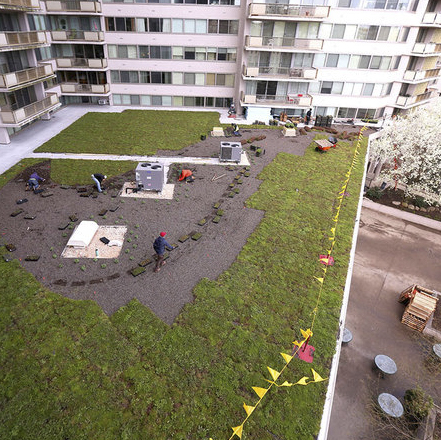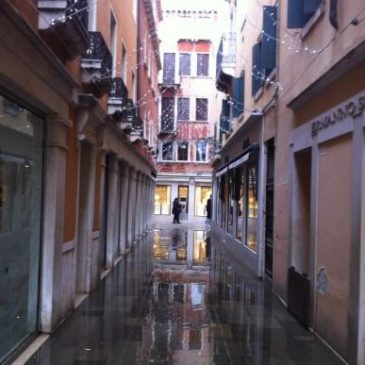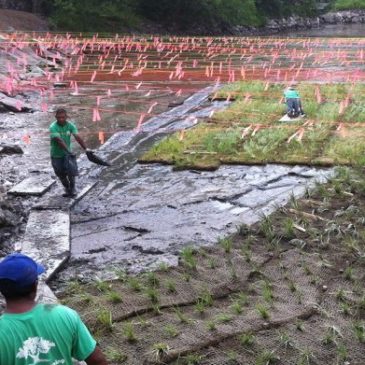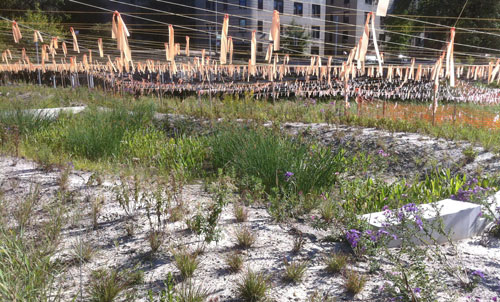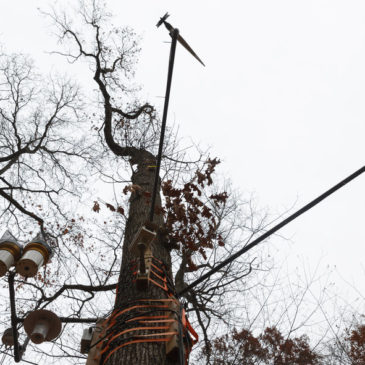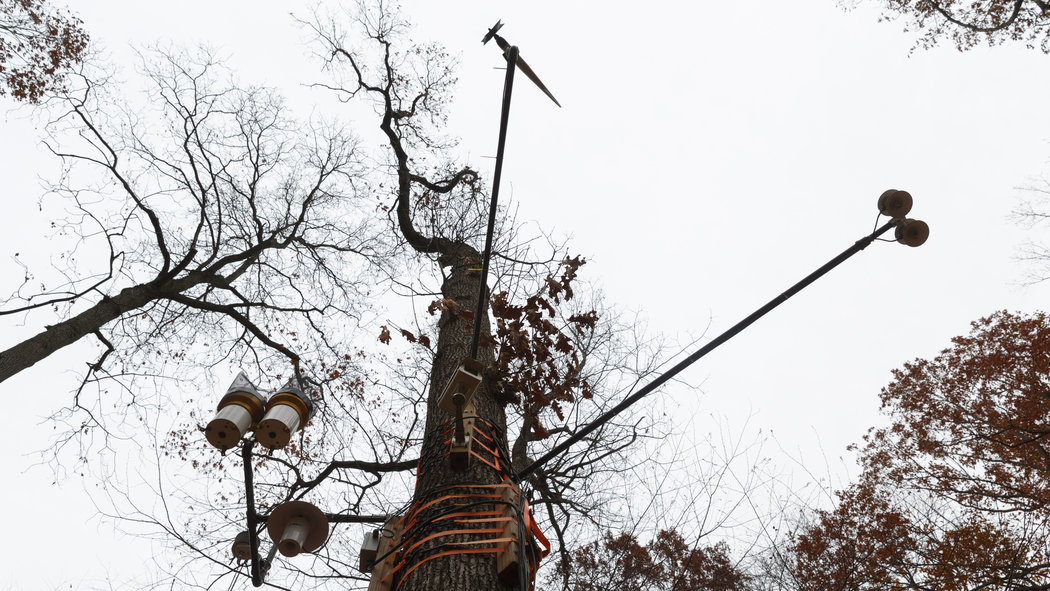Science of the Living City Forum
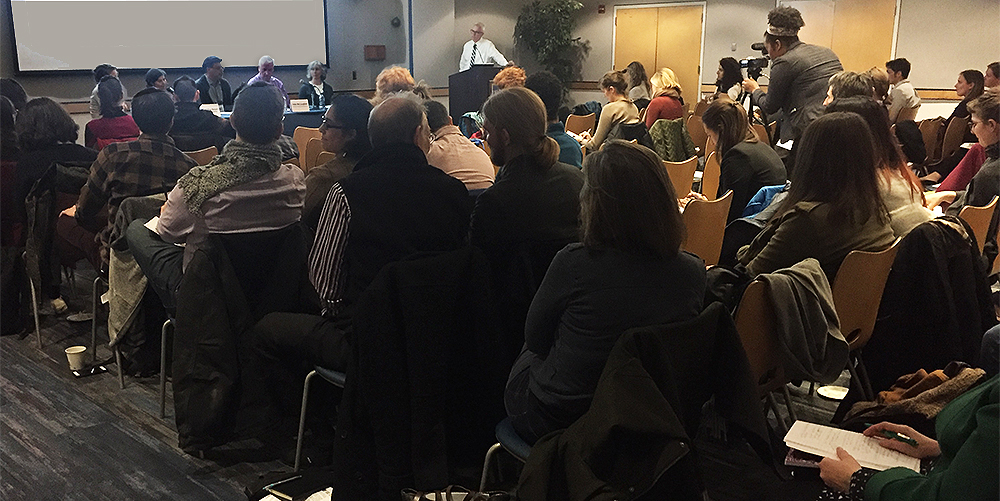
Dr. Franco Montalto, Principal Engineer at eDesign Dynamics, collaboratively organized the "Science of the Living City" forum, February 21st.
Municipalities across the country are wrestling with overburdened urban infrastructure where, during wet weather events (i.e., rain and snow melt), combined sewer overflows (CSOs) introduce untreated sewage into local waterways, a violation of state and federal water policy. On February 21st, Pace University’s Dyson College Institute for Sustainability and the Environment partnered with the New York City Urban Field Station (a partnership between the US Forest Service, NYC Parks, and the Natural Areas Conservancy) to host a Science of the Living City seminar on how to leverage green stormwater infrastructure (i.e., green infrastructure) investments to both meet regulatory requirements for clean water and enhance urban sustainability and resilience. Living City
Panel participants Franco Montalto, Andrea Parker, Christina Rosan, Marit Larson, John McLaughlin, Michael Finewood, and Sara Meerow came from diverse professional experiences, including universities, government agencies, and nonprofits, and have overlapping interests in the multiple benefits—or multifunctionality—of green infrastructure. Our discussion broadened the conversation about the diverse challenges and benefits of incorporating green infrastructure into sustainable city planning.
Municipalities are facing enormous costs related to repairing and upgrading water systems. Citing potentially lower costs and multiple community benefits, stakeholders have strategized to implement green infrastructure as a stormwater management tool. Green infrastructure is defined here as technologies that mimic biologic systems to control water at the source, such as rain gardens, bioswales, and green roofs. NYC is a national leader in this regard, proposing to manage 10% of impervious surface with green infrastructure (learn more about the NYC GI Program here).
The evening opened with a presentation of Meerow’s research developing a Green Infrastructure Spatial Planning (GISP) model for identifying priority areas across New York City (as well as Detroit) where the multiple social and environmental benefits of green infrastructure are needed most. The panel then addressed critical questions about working in the diverse communities where green infrastructure is often sited. We learned a couple of key things from our conversation. For example, we can see how different organizations can share the same goal (e.g., clean water) but have distinct mandates for both how to achieve it and what the best outcomes are. Nonprofits may want green infrastructure that meets specific community needs while municipalities have to focus on stormwater runoff.
Likewise, both within and between communities, desires and needs are diverse. It can be challenging to meet them with technologies like green infrastructure. A nonprofit or government agency’s internal culture or politics may even constrain innovative or transformative action. An additional issue is timeframes. In other words, communities often want long-term engagement and planning, but municipalities and private firms are often under tighter deadlines.
The point is that green infrastructure is not a silver bullet for solving multiple problems at once; it offers many opportunities to provide co-benefits. But implementing green infrastructure is complicated. There must be engagement between all constituencies and we should adapt as our knowledge evolves.
A key point that emerged from our conversation was the necessity for public/private partnerships. Municipalities can implement green infrastructure on public property across cities (indeed, they often do), but that may not be sufficient to meet stormwater regulations. In this view, private property owners must play a role in meeting this common good. There were several open questions about these public/private partnerships, such as: How do we incentivize private property owners? How do we avoid inequities that can result from a focus on private property (see, for example, Heynen et al 2006)? How do we ensure that these infrastructures are maintained properly over time? To address these concerns, panelists emphasized the importance of community engagement, education, and stewardship as necessary parts of sustainability planning.
Importantly, our conversation demonstrated that we are all interested in meeting the multiple challenges that stormwater presents and we share a strong desire to contribute to sustainable communities. It is clear that we want an equitable, resilient, and sustainable future established through innovation in planning, community engagement, and public/private partnerships. And the challenges go beyond just local needs. Across the world, cities are growing and, as Montalto pointed out, we cannot design them like we always have and expect a different outcome. In this view, cities like NYC can be a model for global cities in meeting stormwater challenges.
Authors Michael Finewood and Samantha Miller are part of Pace University’s Dyson College Institute for Sustainability and the Environment (DCISE) Michael Finewood is an Assistant Professor in the Department of Environmental Studies and Science and Samantha Miller is Program Manager for DCISE.
The Science of the Living City event was organized collaboratively by Renae Reynolds (NYC Urban Field Station), Ruth A. Rae (NYC Parks), Bram Gunther (NYC Parks), Franco A. Montalto (Drexel University), Andrea Parker (Gowanus Canal Conservancy), Christina Rosan (Temple University), Marit Larson (NYC Parks), John McLaughlin (NYC Environmental Protection), and Sara Meerow (University of Michigan/ASU). Living City



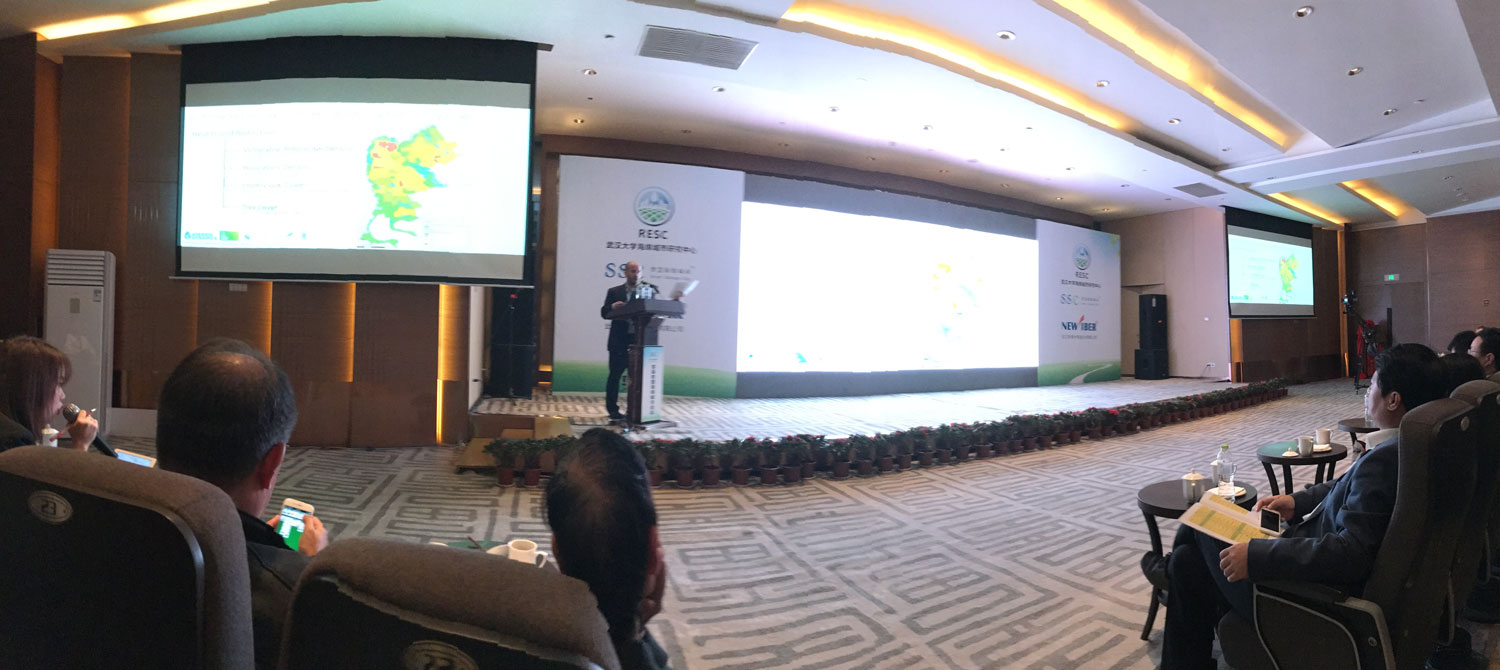
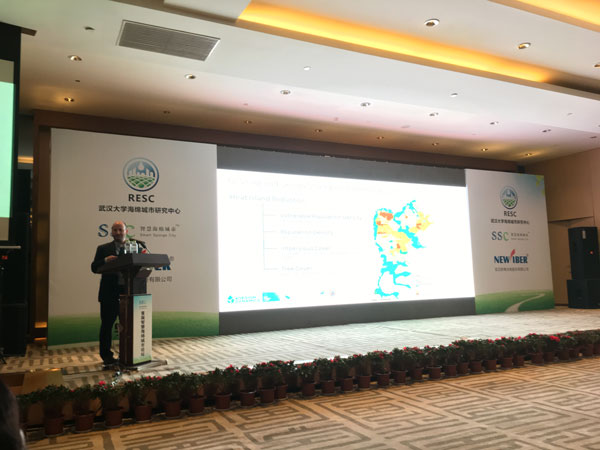
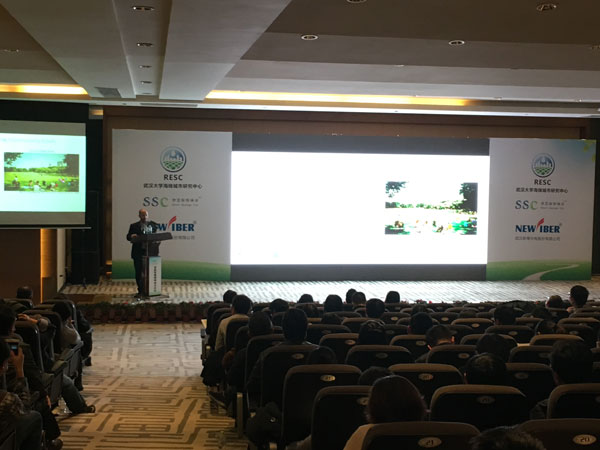
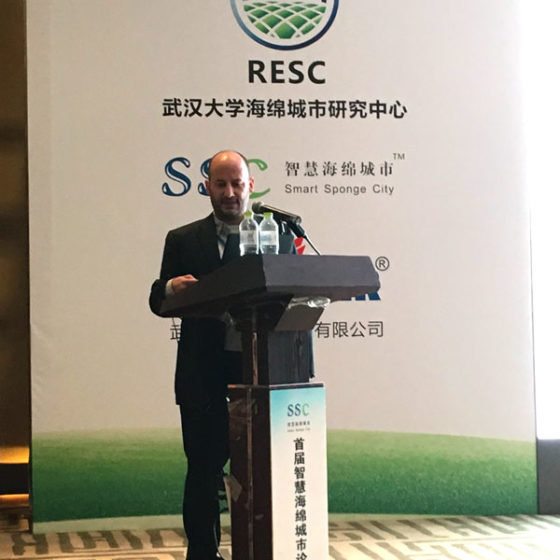
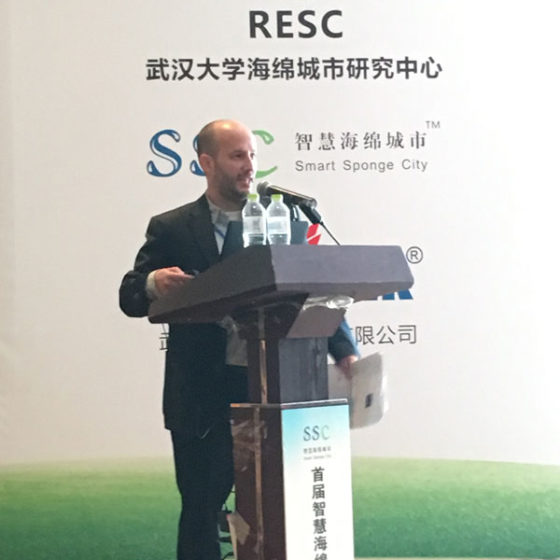

 We are pleased to announce that
We are pleased to announce that 
